Blast Hole Pressure Measurement and a Full-Scale Blasting Experiment in Hard Rock Quarry Mine Using Shock-Reactive Stemming Materials
Abstract
:1. Introduction
2. Materials and Methods
2.1. STF-Based Stemming Material Rheology Tests
2.2. Overview of the Blast Hole Pressure Measurements
2.3. Assessment for Rock Fragmentation of Bench Blasting
- Cumulative fraction by weight undersize in relation to size x.
- = Size modulus, which defines the characteristic size of the distribution.
- = Distribution modulus, which defines the spread of the distribution.
3. Blast Hole Pressure Measurement Experiment
3.1. Explosion Pressure Sensor Calibration
3.2. Blast Hole Pressure Measurement System
3.3. Experimental Results
4. Full-Scale Blasting Experiment
4.1. Bench Blasting
4.2. Evaluation of Rock Fragmentation
5. Discussion
6. Conclusions
- (1)
- The measured pressure was 2.80 MPa for the STF-based stemming case and 5.84 MPa for the sand stemming case based on the direct dynamic pressure measurement at the top of the blast hole. The lower the measured pressure value, the lower the loss of explosive pressure in the blast hole owing to stemming transfer. In addition, the explosive gas pressure action time in the STF stemming case was 5 ms longer than the sand-stemming case. The longer the duration of the explosive pressure, the greater the energy that can be used to fracture the rock;
- (2)
- The measured pressure behavior in the blast hole correlated with the resistance characteristics of the stemming material. It is judged that the STF-based stemming material can effectively resist the blasting pressure and maintain a relatively high pressure in the blast hole for a longer duration compared to the conventional sand stemming material;
- (3)
- The hydraulic pressure measurement system was developed to measure blasting pressure in a blast hole. This was done by improving the method of measuring the blasting pressure by drilling a dummy hole, which was mainly performed for the explosion pressure measurements. The pressure behavior depending on the voltage of pressure meter with cerabar (PMC) was set through the sensor calibration performed before the blasting experiment, the test method to evaluate the pressure constraint capacity of the stemming material was presented, and the validity of the pressure measurement system in the blasting hole was verified;
- (4)
- As a full-scale bench blasting experiment, a rock pile fragmentation analysis was performed after blasting, and it was confirmed that the average fragment size was reduced by an approximate minimum of 25% to a maximum of 60%, when using STF-based stemming material. This suggests that the secondary crushing work in aggregate quarry mines can be reduced.
Author Contributions
Funding
Institutional Review Board Statement
Informed Consent Statement
Data Availability Statement
Conflicts of Interest
References
- Brinkmann, J.R. An experimental study of the effects of shock and gas penetration in blasting. In Proceedings of the 3th International Symposium on Rock Fragmentation by Blasting, Brisbane, Australia, 26–31 August 1990; pp. 55–66. [Google Scholar]
- Konya, C.J.; Konya, A. Effect of hole stemming practices on energy efficiency of comminution. In Energy Efficiency in the Minerals Industry; Awuah-Offei, K., Ed.; Springer: Cham, Switzerland, 2018; pp. 31–53. [Google Scholar]
- Snelling, W.O.; Hall, C. The Effect of Stemming on the Efficiency of Explosives; United States Government Printing Office: Washington, DC, USA, 1912. [Google Scholar]
- Floyd, J.L. Explosive energy relief—The key to Control. Over break. In Proceedings of the Explosion, Kalgoorlie, WA, USA, October 1999; pp. 147–153. [Google Scholar]
- Zong, Q. Theoretical discussion of movement rule of stemming in blast holes. Blasting 1996, 13, 8–11. [Google Scholar]
- Luo, Y.; Wu, S. Study on length of stemming material and its effect in hole-charged blasting. Mech. Eng. 2006, 28, 48–52. [Google Scholar]
- Phamotse, K.M.; Nhleko, A.S. Determination of optimal fragmentation curves for a surface diamond mine. J. S. Afr. Inst. Min. Metall. 2019, 119, 613–619. [Google Scholar] [CrossRef] [PubMed]
- Li, Y.L.; Shi, X.Z.; Liu, B.; Zhao, J.P. Experimental research on reasonable length of water stemming. Blasting 2015, 32, 11–16. [Google Scholar]
- Cui, Z.D.; Yuan, L.; Yan, C.L. Water–silt composite blasting for tunnelling. Int. J. Rock Mech. Min. Sci. 2010, 47, 1034–1037. [Google Scholar] [CrossRef]
- Wang, Z.; Li, Y. Numerical simulation on effects of radial water-decoupling coefficient in engineering blast. Yantu Lixue/Rock Soil Mech. 2005, 26, 1926. [Google Scholar]
- Zhu, Z.; Xie, H.; Mohanty, B. Numerical investigation of blasting-induced damage in cylindrical rocks. Int. J. Rock Mech. Min. Sci. 2008, 45, 111–121. [Google Scholar] [CrossRef]
- Boshoff, D.; Webber-Youngman, R.C.W. Testing stemming performance, possible or not? J. S. Afr. Inst. Min. Metall. 2011, 111, 871–874. [Google Scholar]
- Kopp, J.W. Stemming Ejection and Burden Movements from Small Borehole Blasts; United States Department of the Interior, Bureau of Mines: Twin Cities, MN, USA, 1987. [Google Scholar]
- Wang, C. The action of the blasthole plug. J. Univ. Hydr. Electric. Eng. 1999, 21, 45–49. [Google Scholar]
- Hunter, G.C.; McDermott, C.; Miles, N.J.; Singh, A.; Scoble, M.J. A review of image analysis techniques for measuring blast fragmentation. Min. Sci. Technol. 1990, 11, 19–36. [Google Scholar] [CrossRef]
- Sudhakar, J.; Adhikari, G.R.; Gupta, R.N. Comparison of fragmentation measurements by photographic and image analysis techniques. Rock Mech. Rock Eng. 2006, 39, 159–168. [Google Scholar] [CrossRef]
- Jung, M. A Study on the Estimation of Non-Ideal Blasthole Pressure of Bulk Blend Explosives. Ph.D. Thesis, Seoul National University, Seoul, Korea, 2019. [Google Scholar]
- Cunningham, C. Blasthole Pressure: What it really means and how we should use it. Proc. Annu. Conf. Explos. Blasting Tech. 2006, 32, 255. [Google Scholar]
- Raina, A.K.; Murthy, V.M.S.R.; Soni, A.K. Estimating flyrock distance in bench blasting through blast induced pressure measurements in rock. Int. J. Rock Mech. Min. Sci. 2015, 76, 209–216. [Google Scholar] [CrossRef]
- Majumdar, A.; Laha, A.; Bhattacharjee, D.; Biswas, I. Tuning the structure of 3D woven aramid fabrics reinforced with shear thickening fluid for developing soft body armour. Compos. Struct. 2017, 178, 415–425. [Google Scholar] [CrossRef]
- Daelemans, L.; Cohades, A.; Meireman, T.; Beckx, J.; Spronk, S.; Kersemans, M.; De Baere, I.; Rahier, H.; Michaud, V.; Van Paepegem, W.; et al. Electrospun nanofibrous interleaves for improved low velocity impact resistance of glass fibre reinforced composite laminates. Mater. Des. 2018, 141, 170–184. [Google Scholar] [CrossRef]
- Majumdar, A.; Butola, B.S.; Srivastava, A. Development of soft composite materials with improved impact resistance using Kevlar fabric and nano-silica based shear thickening fluid. Mater. Des. 1980–2015 2014, 54, 295–300. [Google Scholar] [CrossRef]
- Wei, M.; Lin, K.; Liu, H. Experimental investigation on hysteretic behavior of a shear thickening fluid damper. Struct. Contr. Health Monit. 2019, 26, e2389. [Google Scholar] [CrossRef]
- Gürgen, S.; Sofuoğlu, M.A. Experimental investigation on vibration characteristics of shear thickening fluid filled CFRP tubes. Compos. Struct. 2019, 226, 111236. [Google Scholar] [CrossRef]
- Lim, J.; Kim, S.-W. Enhanced damping characteristics of carbon fiber reinforced polymer–based shear thickening fluid hybrid composite structures. J. Intell. Mater. Syst. Struct. 2020, 31, 2291–2303. [Google Scholar] [CrossRef]
- Gürgen, S.; Kushan, M.C. The effect of silicon carbide additives on the stab resistance of shear thickening fluid treated fabrics. Mech. Adv. Mater. Struct. 2017, 24, 1381–1390. [Google Scholar] [CrossRef]
- Boersma, W.H.; Laven, J.; Stein, H.N. Shear thickening (dilatancy) in concentrated dispersions. AIChE J. 1990, 36, 321–332. [Google Scholar] [CrossRef]
- Hoffman, R.L. Discontinuous and dilatant viscosity behavior in concentrated suspensions. I. Observation of a flow instability. Trans. Soc. Rheol. 1972, 16, 155–173. [Google Scholar] [CrossRef]
- Brady, J.F.; Bossis, G. The rheology of concentrated suspensions of spheres in simple shear flow by numerical simulation. J. Fluid Mech. 1985, 155, 105–129. [Google Scholar] [CrossRef]
- Xu, Y.; Gong, X.; Peng, C.; Sun, Y.; Jiang, W.; Zhang, Z. Shear thickening fluids based on additives with different concentrations and molecular chain lengths. Chin. J. Chem. Phys. 2010, 23, 342–346. [Google Scholar] [CrossRef]
- Lee, Y.S.; Wetzel, E.D.; Wagner, N.J. The ballistic impact characteristics of Kevlar woven fabrics impregnated with a colloidal shear thickening fluid. J. Mater. Sci. 2003, 38, 2825–2833. [Google Scholar] [CrossRef]
- Decker, M.J.; Halbach, C.J.; Wetzel, E.D.; Nam, C.H.; Wagner, N.J. Stab resistance of shear thickening fluid (STF)-treated fabrics. Compos. Sci. Technol. 2007, 67, 565–578. [Google Scholar] [CrossRef]
- Ko, Y.; Kwak, K. Blast effects of a shear thickening fluid-based stemming material. Mining 2022, 2, 330–349. [Google Scholar] [CrossRef]
- Bischoff White, E.E.; Chellamuthu, M.; Rothstein, J.P. Extensional rheology of a shear-thickening cornstarch and water suspension. Rheol. Acta 2010, 49, 119–129. [Google Scholar] [CrossRef]
- Chi, L.Y.; Zhang, Z.X.; Aalberg, A.; Yang, J.; Li, C.C. Measurement of shock pressure and shock-wave attenuation near a blast hole in rock. Int. J. Impact Eng. 2019, 125, 27–38. [Google Scholar] [CrossRef]
- Raina, A.K.; Trivedi, R. Exploring rock-explosive interaction through cross blasthole pressure measurements. Geotech. Geol. Eng. 2019, 37, 651–658. [Google Scholar] [CrossRef]
- Palangio, T.C. WipFrag—A new tool for blast evaluation. In Proceedings of the 11th Annual ISEE Symposyum on Blasting Research, Nashville, TN, USA, 5–9 February 1985; pp. 269–285. [Google Scholar]
- WipFrag. WipFrag 3 Operating Manual. Available online: https://wipware.com (accessed on 15 July 2022).
- Singh, P.K.; Sinha, A. Rock fragmentation by blasting. In Proceedings of the 10th International Symposium on Rock Fragmentation by Blasting, New Delhi, India, 26–29 November 2012; CRC Press: Boca Raton, FL, USA, 2013; pp. 10–18. [Google Scholar]
- Scott, A.; McKee, D.J. The inter-dependence of mining and mineral beneficiation processes on the performance of mining projects. In Proceeding of the Australian Institute of Mining and Metallurgy Annual Conference, Melbourne, Australia, 5–9 August 1994; pp. 5–9. [Google Scholar]
- Eloranta, J. Stemming selection for large diameter blast holes. In Proceedings of the 20th Annual Conference on Explosive and Blasting Techniques, ISEE, Austin, TX, USA, 30 January–3 February 1994; pp. 1–11. [Google Scholar]
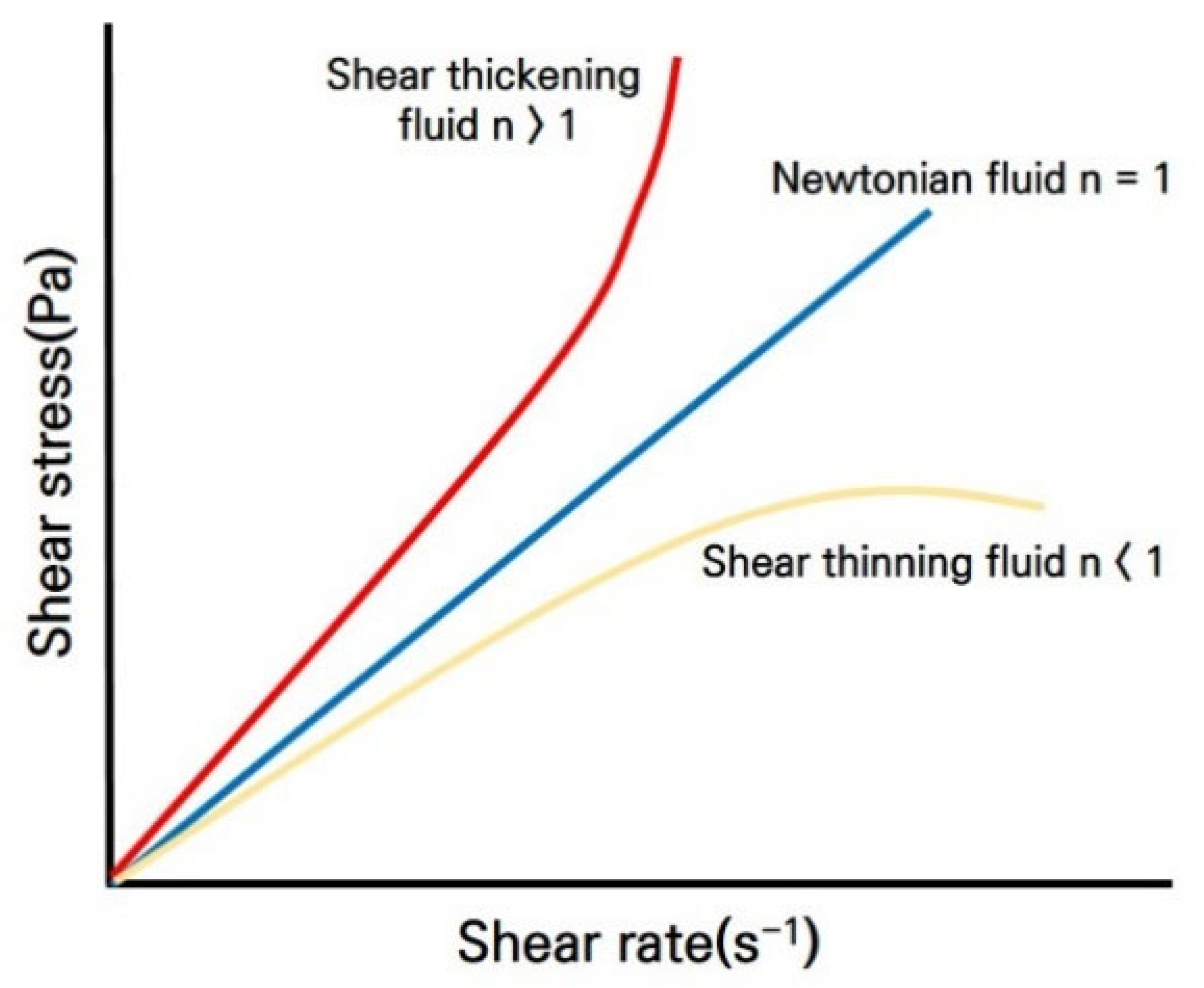
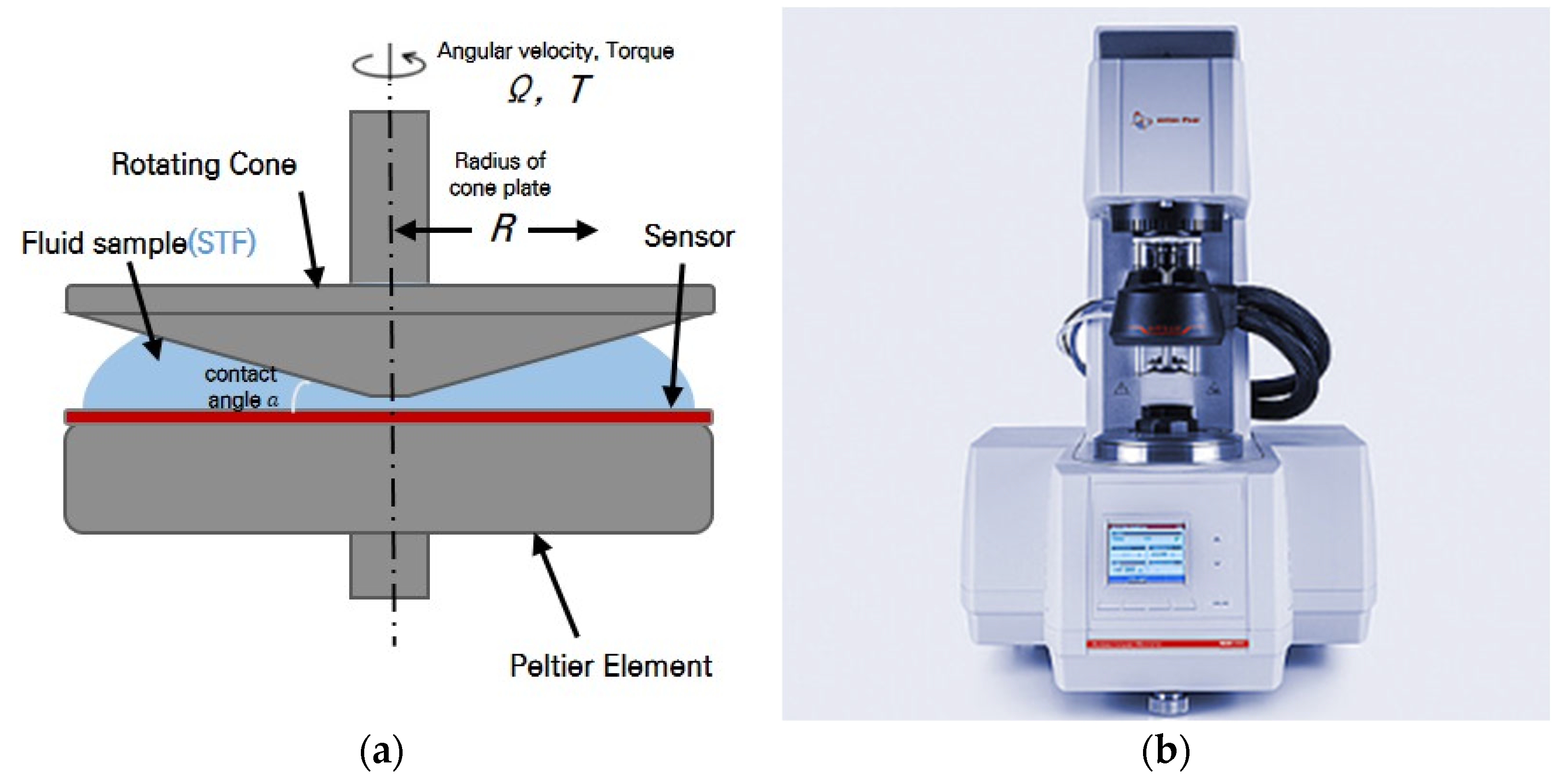

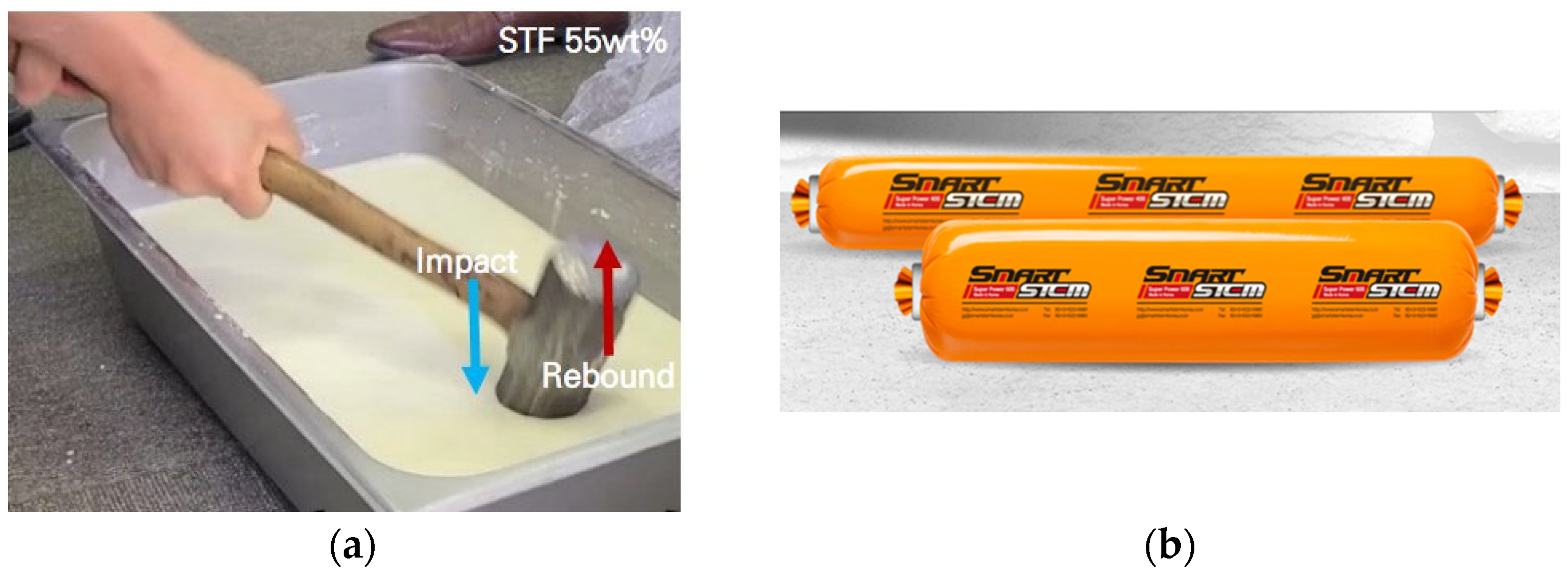
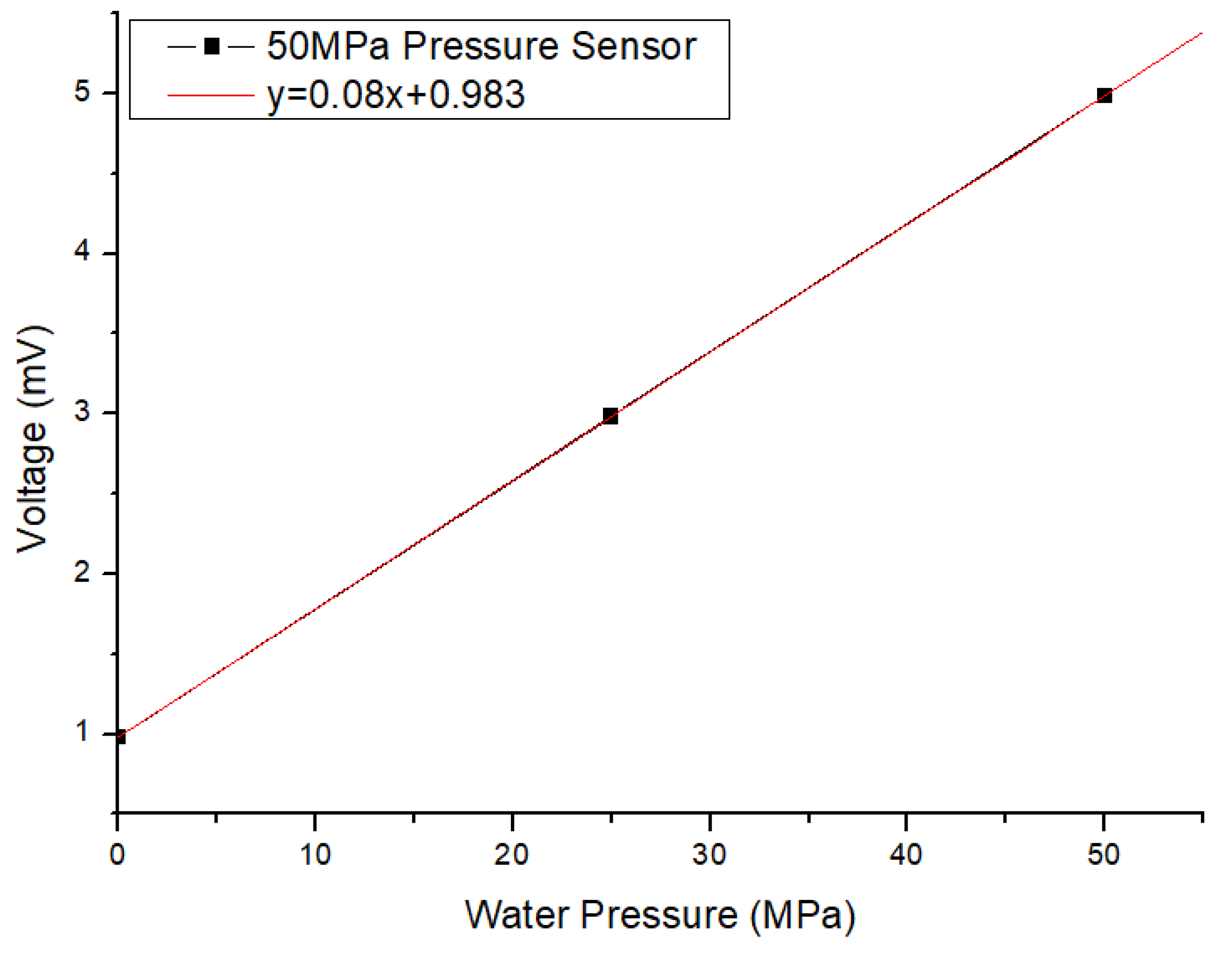
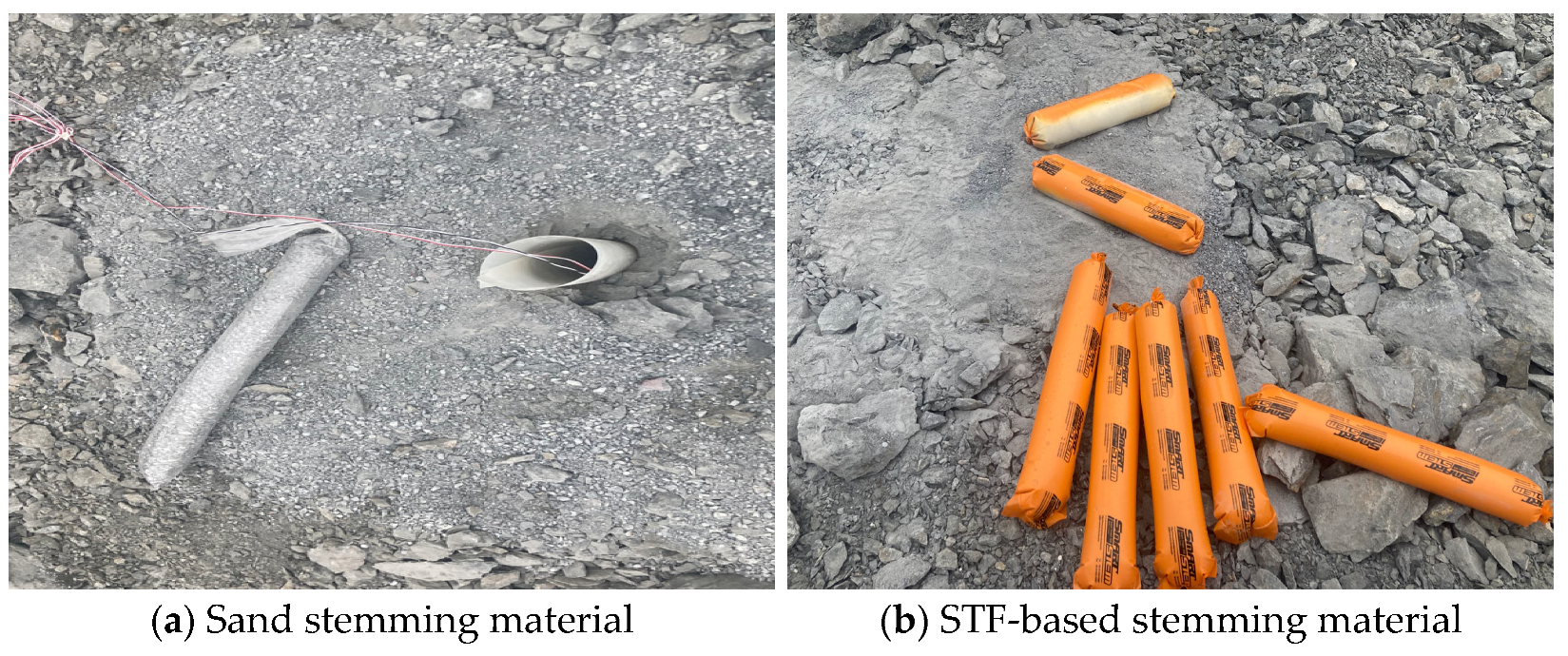
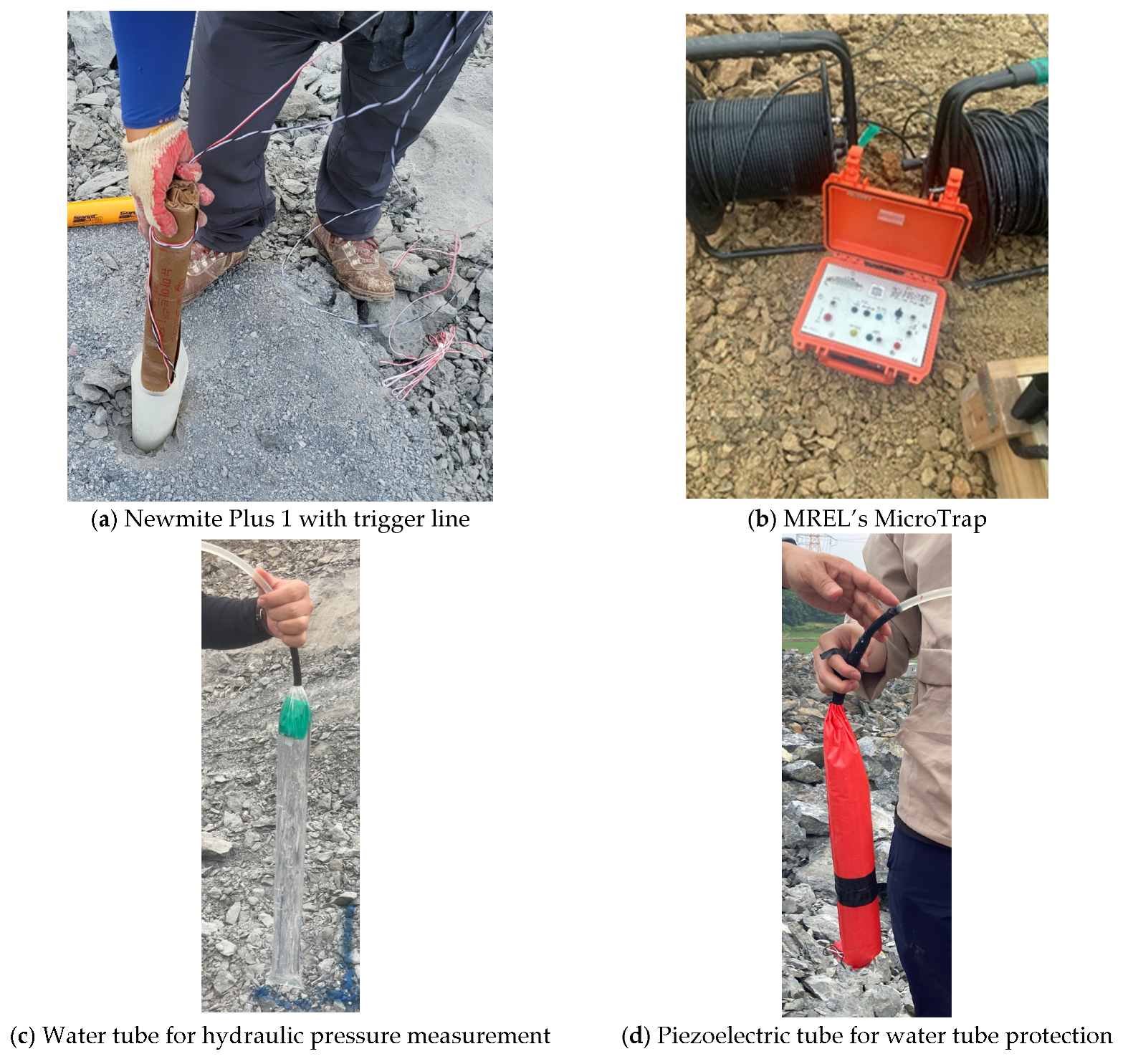

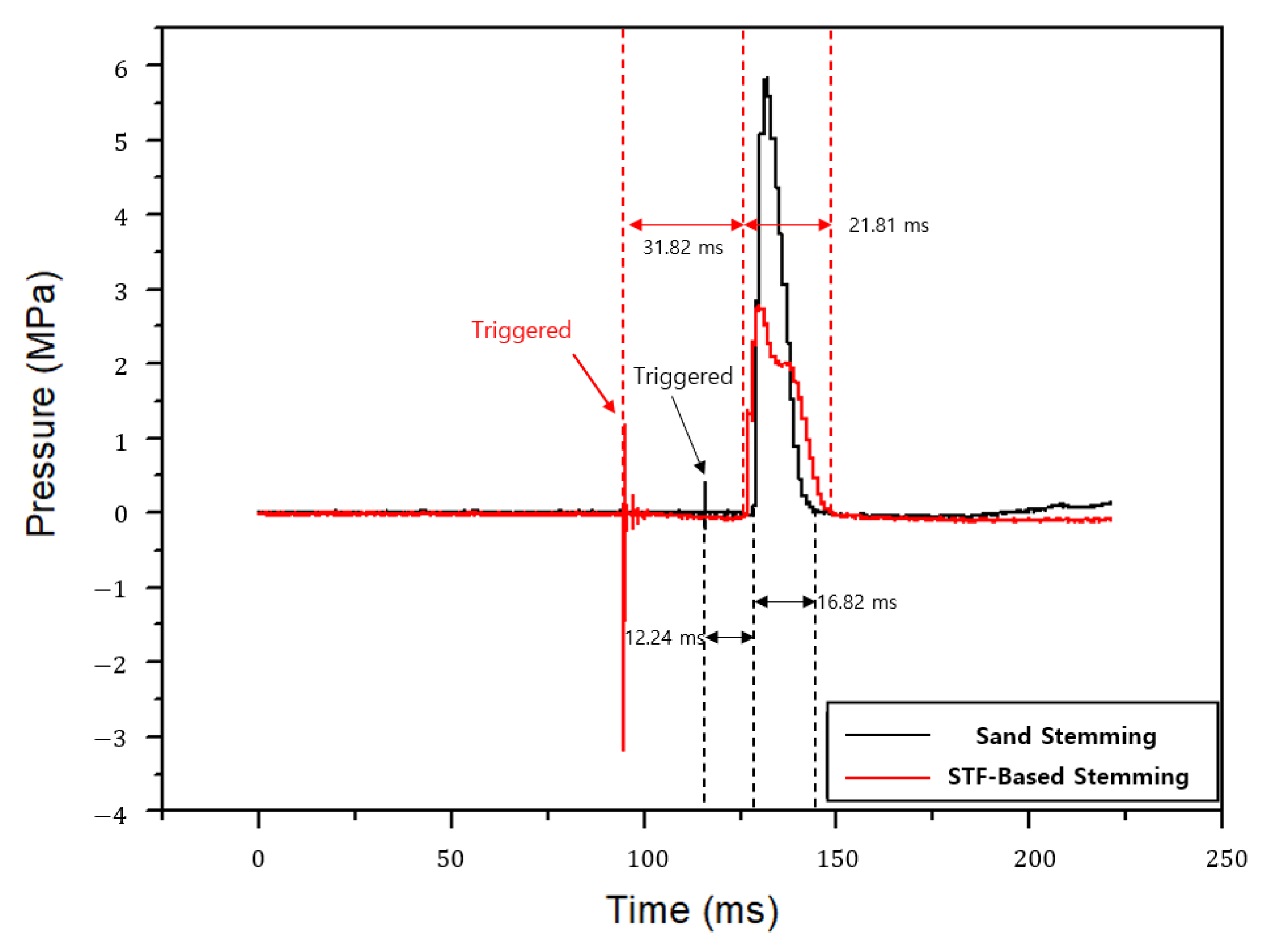
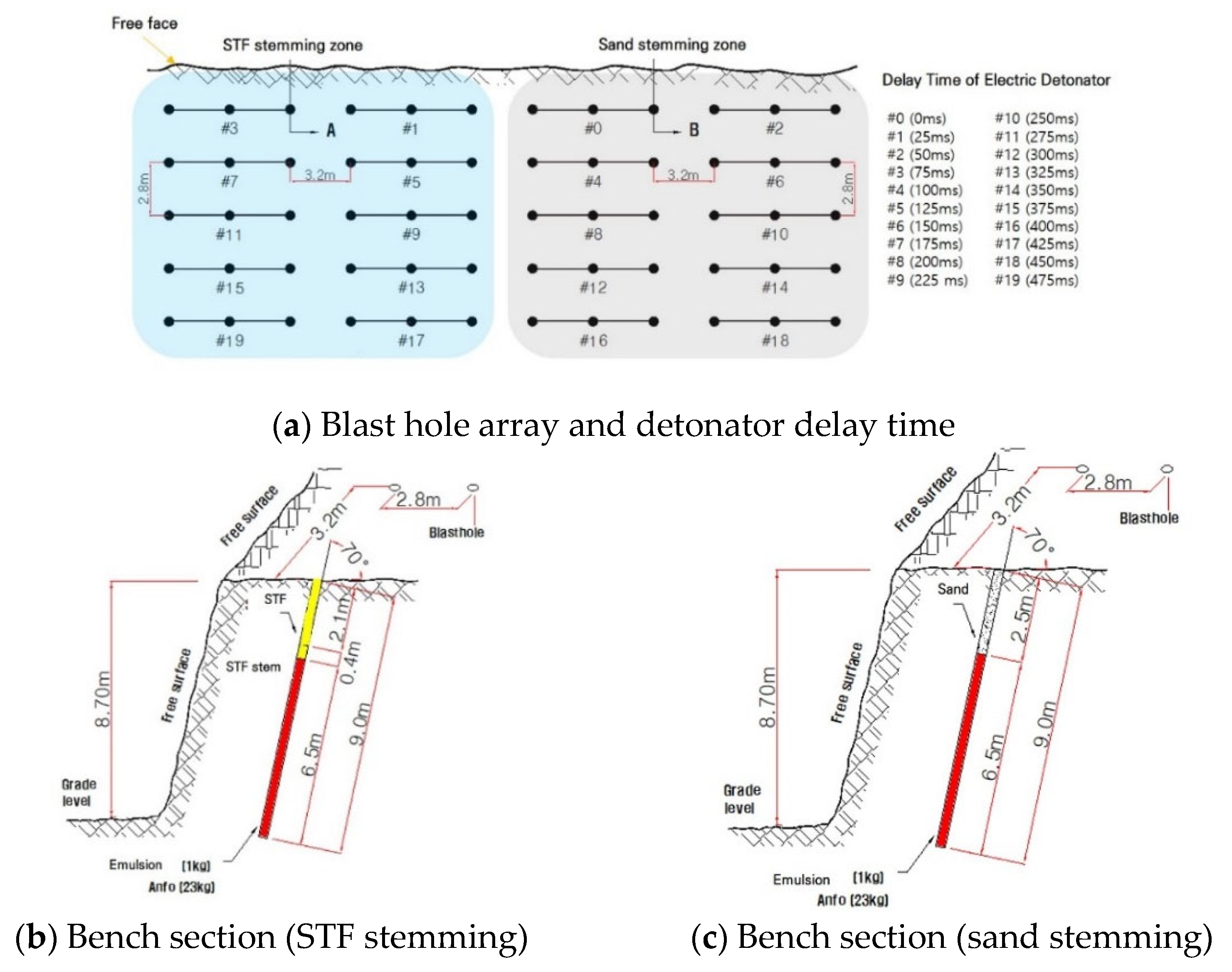


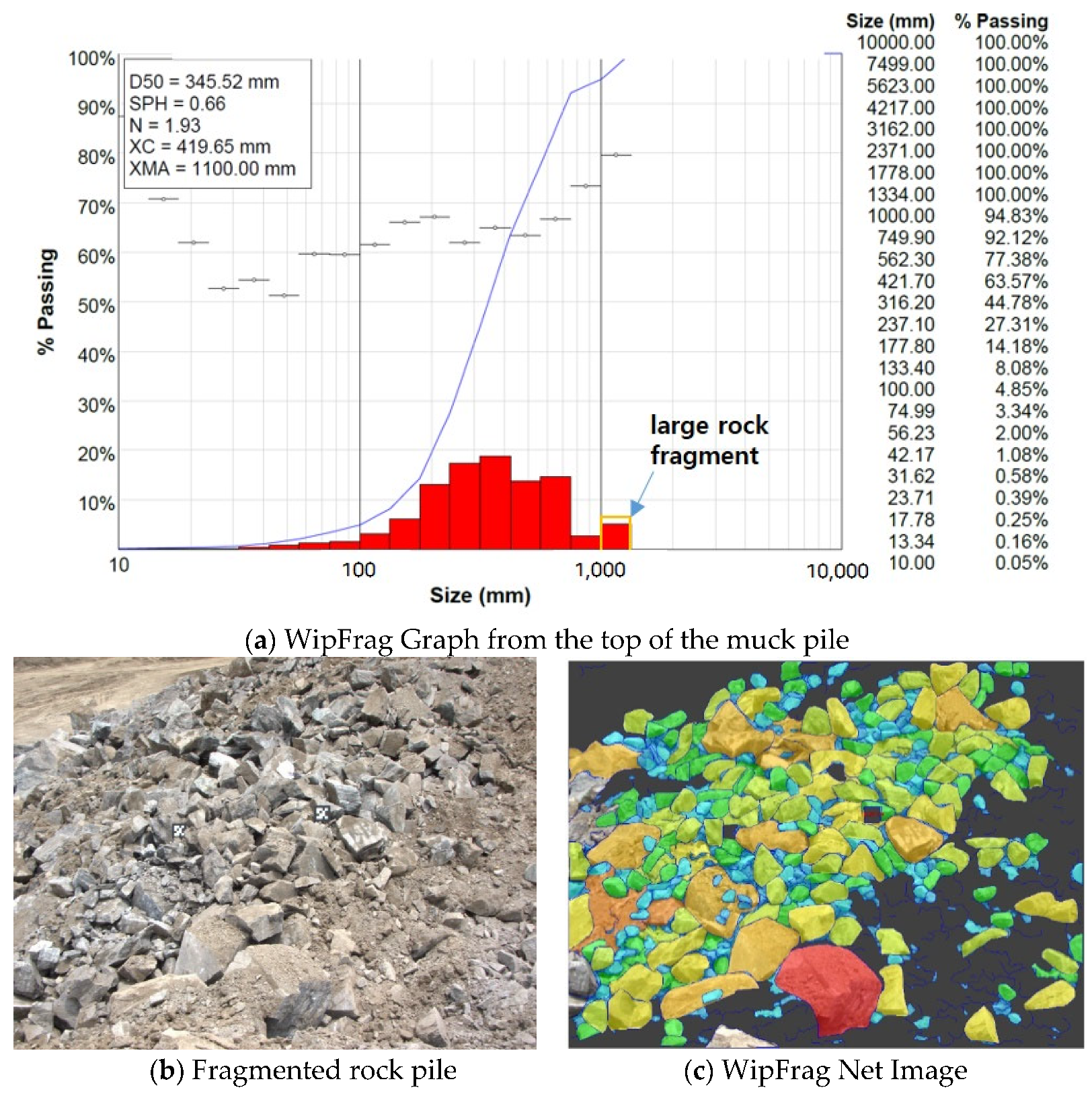
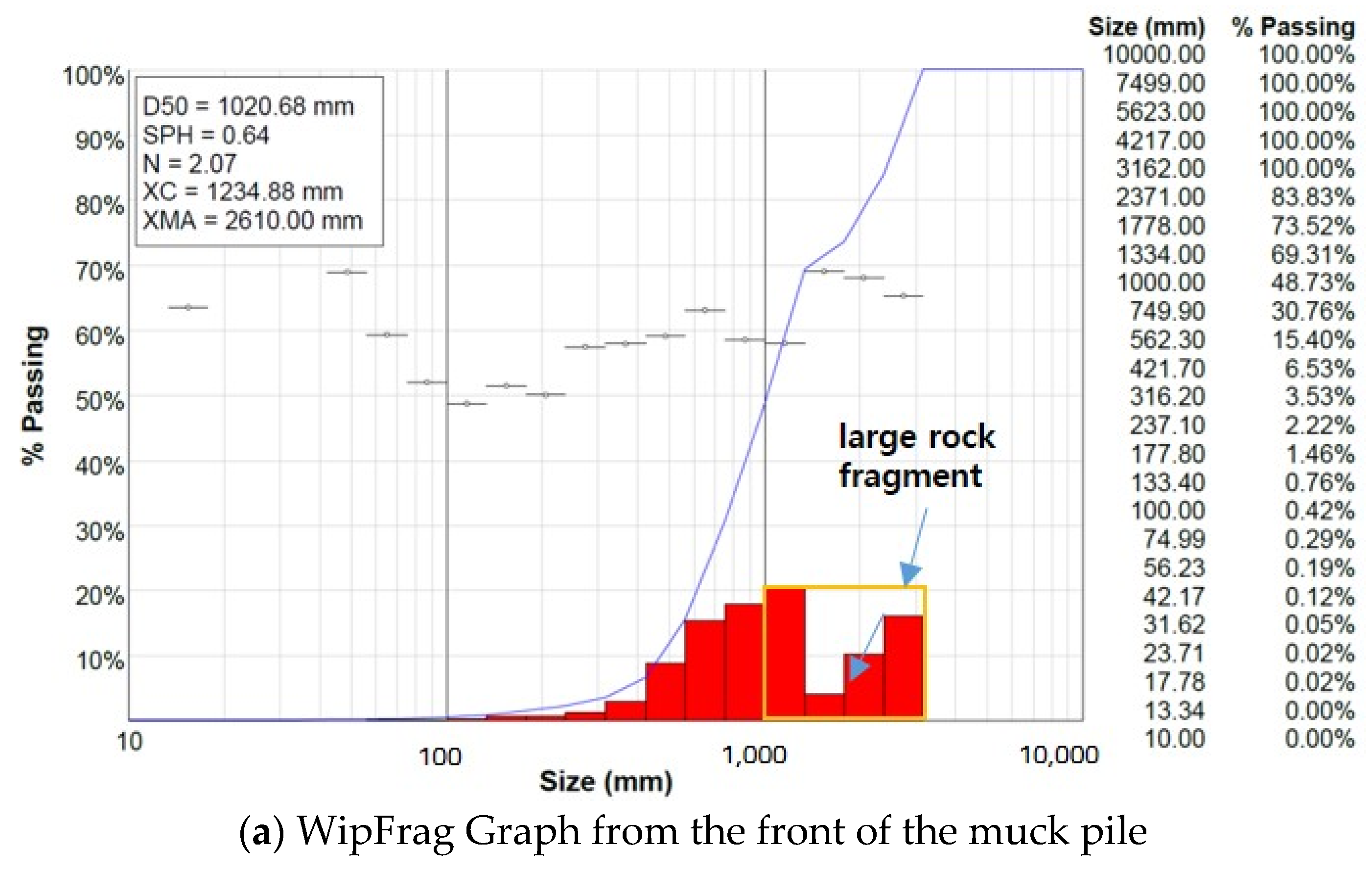
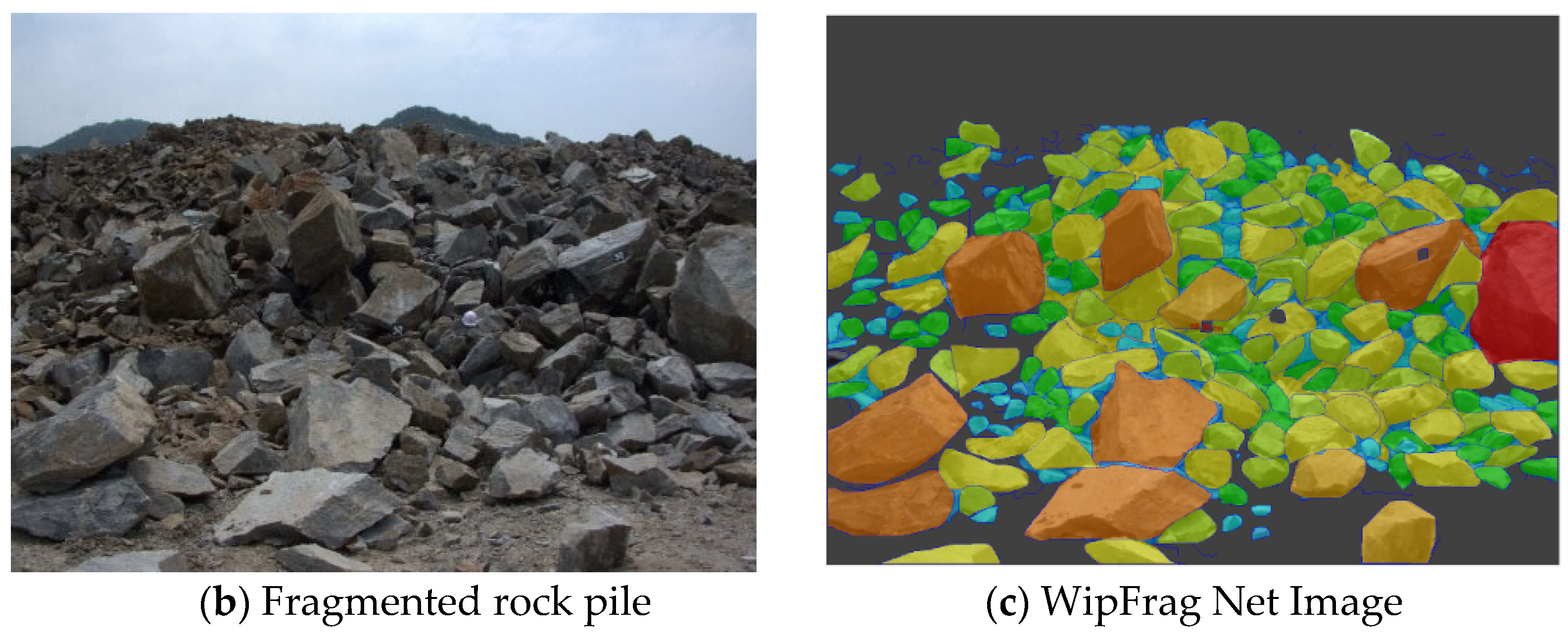
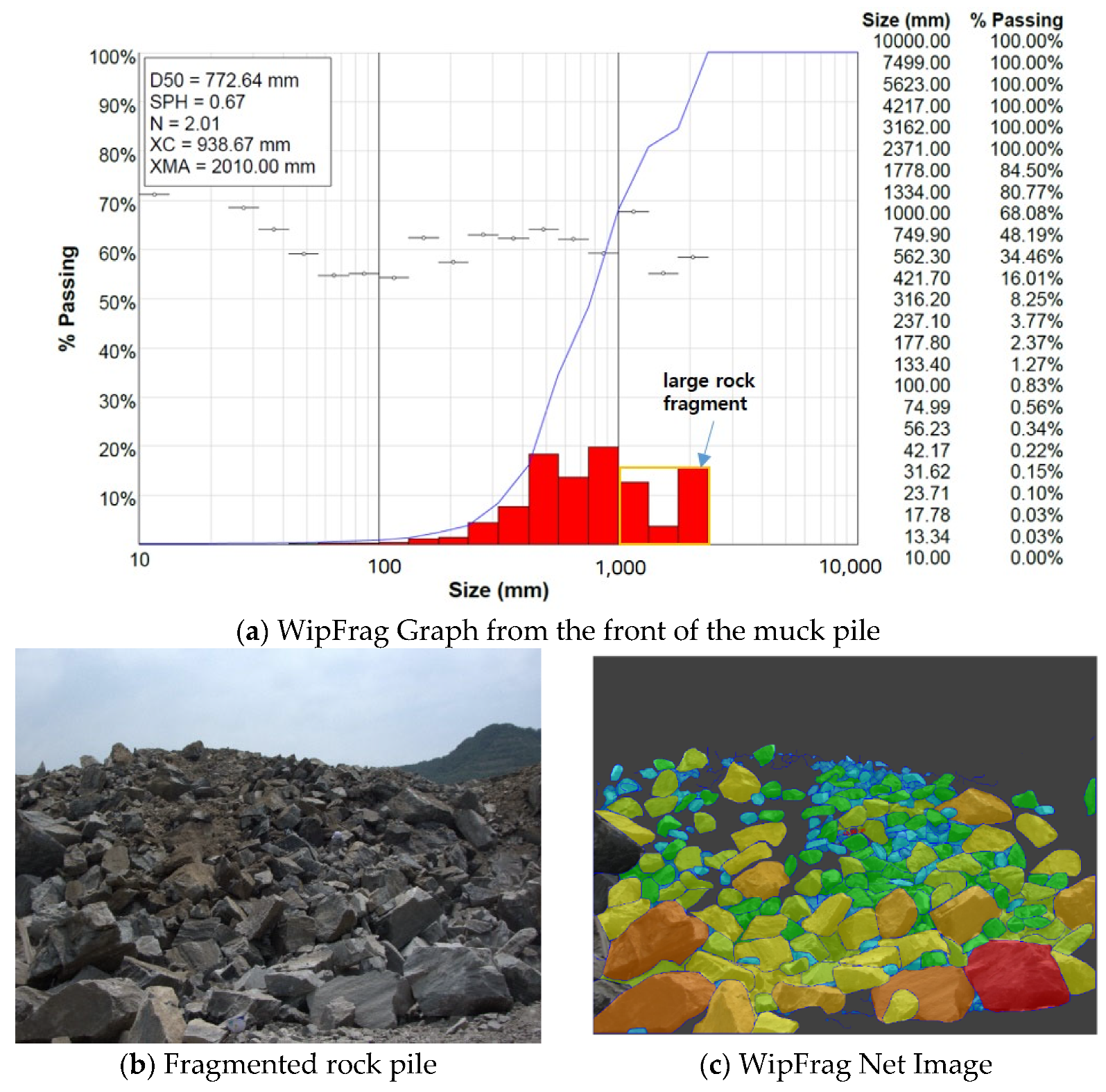
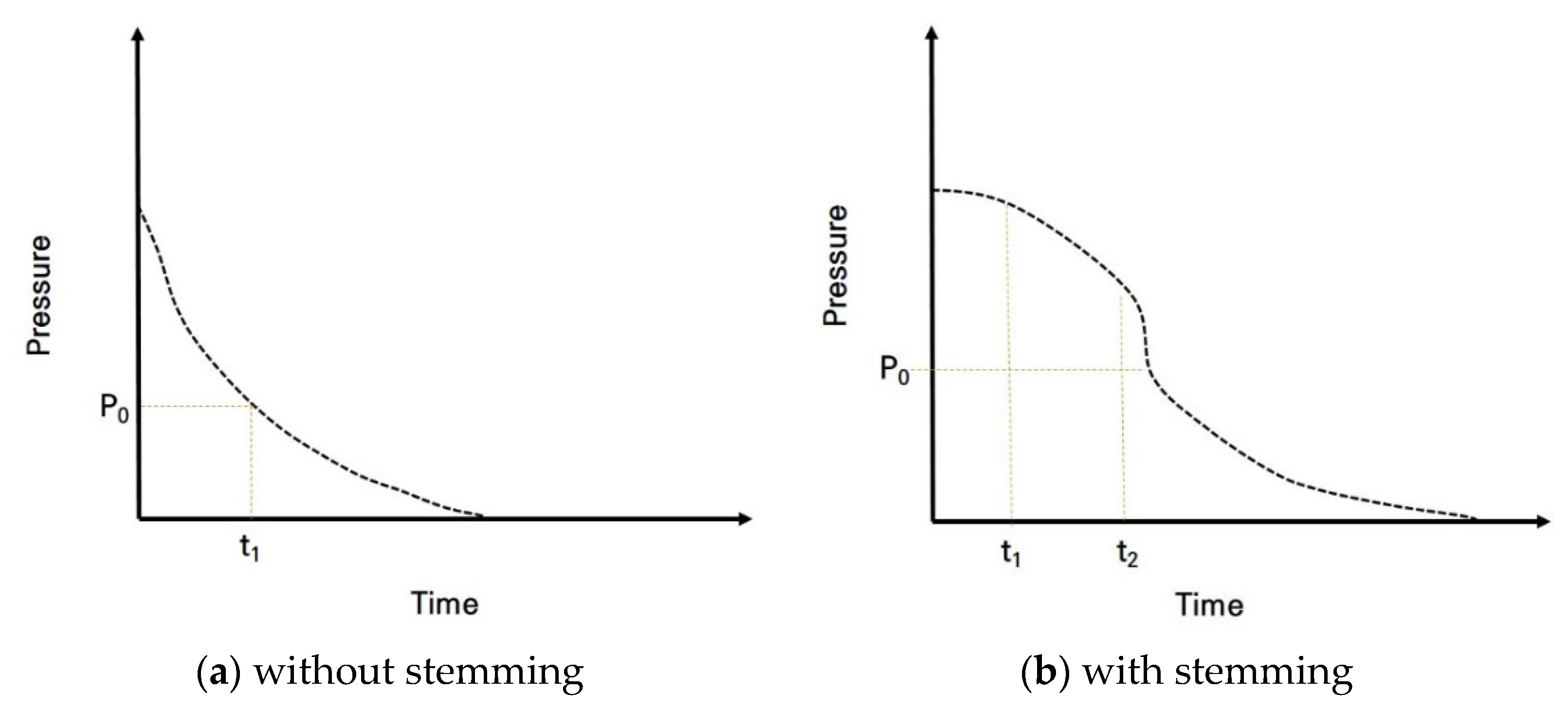


| No. | Pressure Range (MPa) | Analog Output (V) |
|---|---|---|
| 1 | 0 | 0.985 |
| 2 | 25 | 2.98 |
| 3 | 50 | 4.984 |
| 4 | 0 | 0.988 |
| 5 | 25 | 2.97 |
| 6 | 50 | 4.955 |
| 7 | 0 | 0.98 |
| 8 | 25 | 2.99 |
| 9 | 50 | 4.987 |
| Peak Pressure in Blasting Hole (MPa) | Explosive Pressure Arrival Time after Trigger (ms) | Explosive Pressure Duration in Blasting Hole (ms) | |
|---|---|---|---|
| Sand Stemming | 5.84 | 12.24 | 16.82 |
| STF-based stemming | 2.80 | 31.82 | 21.81 |
| Parameter | Unit | Value |
|---|---|---|
| Hole diameter | 75 | |
| Hole length | 9.0 | |
| Burden | 2.8 | |
| Hole spacing | 3.2 | |
| Charge per hole | 24.0 | |
| Charge per delay | 72.0 | |
| Charge type | - | Emulsion 1.0 kg ANFO 23.0 kg |
| Specific charge | 0.308 | |
| Rock fracture per hole | /hole | 77.95 |
| Number of holes | ea | 30 |
| Stemming length | M | 2.5 |
| Stemming type | - | STF or Sand |
| Total charge | kg | 720 |
| Location from Which the Image Was Captured | Stemming Type | Characteristic Size (, mm) | Uniformity Index () | Average Fragment Size (, mm) | Maximum Fragment (, mm) |
|---|---|---|---|---|---|
| Top of rock pile | Sand | 1149 | 1.66 | 836 | 1910 |
| STF | 419 | 1.93 | 345 | 1.100 | |
| Front of rock pile | Sand | 1234 | 2.07 | 1020 | 2610 |
| STF | 938 | 2.01 | 772 | 2010 |
Publisher’s Note: MDPI stays neutral with regard to jurisdictional claims in published maps and institutional affiliations. |
© 2022 by the authors. Licensee MDPI, Basel, Switzerland. This article is an open access article distributed under the terms and conditions of the Creative Commons Attribution (CC BY) license (https://creativecommons.org/licenses/by/4.0/).
Share and Cite
Ko, Y.; Shin, C.; Jeong, Y.; Cho, S. Blast Hole Pressure Measurement and a Full-Scale Blasting Experiment in Hard Rock Quarry Mine Using Shock-Reactive Stemming Materials. Appl. Sci. 2022, 12, 8629. https://doi.org/10.3390/app12178629
Ko Y, Shin C, Jeong Y, Cho S. Blast Hole Pressure Measurement and a Full-Scale Blasting Experiment in Hard Rock Quarry Mine Using Shock-Reactive Stemming Materials. Applied Sciences. 2022; 12(17):8629. https://doi.org/10.3390/app12178629
Chicago/Turabian StyleKo, Younghun, Chanhwi Shin, Youngjun Jeong, and Sangho Cho. 2022. "Blast Hole Pressure Measurement and a Full-Scale Blasting Experiment in Hard Rock Quarry Mine Using Shock-Reactive Stemming Materials" Applied Sciences 12, no. 17: 8629. https://doi.org/10.3390/app12178629
APA StyleKo, Y., Shin, C., Jeong, Y., & Cho, S. (2022). Blast Hole Pressure Measurement and a Full-Scale Blasting Experiment in Hard Rock Quarry Mine Using Shock-Reactive Stemming Materials. Applied Sciences, 12(17), 8629. https://doi.org/10.3390/app12178629








